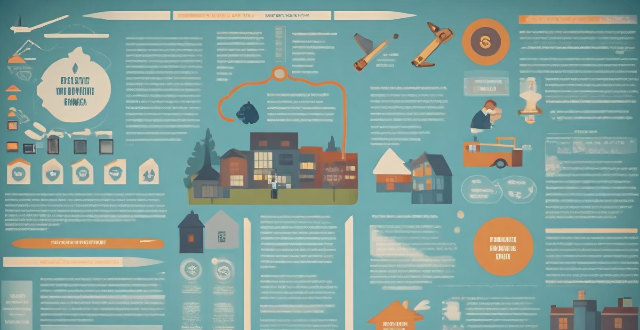This article discusses the importance of safety regulations for working at heights, including general safety measures and specific safety regulations. It emphasizes the need for proper training and education, personal protective equipment, inspection and maintenance of equipment, and work area preparation. The article also covers fall protection systems, ladder safety, and scaffolding safety. Overall, it highlights the significance of prioritizing safety when working at heights to minimize the risk of accidents and ensure worker well-being.

Safety Regulations for Working at Heights
Working at heights is a common activity in many industries, including construction, maintenance, and manufacturing. It involves working on elevated surfaces or structures, such as roofs, scaffolding, ladders, or platforms. However, working at heights can also be dangerous if proper safety measures are not taken. In this article, we will discuss the safety regulations for working at heights.
Importance of Safety Regulations
Before discussing the specific regulations, it's important to understand why they are necessary. Working at heights can lead to serious injuries or even fatalities if proper precautions are not taken. Falls from heights are one of the most common causes of workplace accidents. Therefore, it's crucial to follow the safety regulations to minimize the risk of accidents and ensure the well-being of workers.
General Safety Measures
Here are some general safety measures that should be followed when working at heights:
- Training and Education: Workers should receive proper training and education on how to work safely at heights. This includes understanding the risks involved and learning how to use equipment properly.
- Personal Protective Equipment (PPE): Workers should wear appropriate PPE, such as helmets, harnesses, and gloves, to protect themselves from falls and other hazards.
- Inspection and Maintenance of Equipment: All equipment used for working at heights should be inspected and maintained regularly to ensure its safe operation.
- Work Area Preparation: The work area should be prepared before starting any work at heights. This includes removing any tripping hazards, securing loose materials, and ensuring that there is enough space for workers to move around safely.
Specific Safety Regulations
Now let's take a look at some specific safety regulations for working at heights:
Fall Protection Systems
Fall protection systems are designed to catch or arrest a falling worker. Here are some types of fall protection systems:
- Guardrail Systems: These systems consist of railings installed around the edge of a platform or floor opening to prevent falls.
- Safety Nets: Safety nets are installed below the work area to catch falling objects or workers.
- Personal Fall Arrest Systems: These systems include harnesses, lanyards, and anchor points that connect the worker to a secure structure.
Ladder Safety
When using ladders for working at heights, follow these safety guidelines:
- Secure the Ladder: Make sure the ladder is stable and secure before climbing. Use leg levelers or tie-offs if necessary.
- Face the Ladder: Always face the ladder when climbing up or down. Do not overreach or lean too far to one side.
- Maintain Three Points of Contact: Keep two hands and one foot or one hand and two feet on the ladder at all times.
Scaffolding Safety
Scaffolding is a temporary structure used for access and support when working at heights. Here are some safety guidelines for scaffolding:
- Proper Assembly: Scaffolding should be assembled by trained professionals following manufacturer instructions and local codes.
- Regular Inspections: Scaffolding should be inspected regularly by a competent person to ensure its stability and integrity.
- Loading Restrictions: Follow loading restrictions specified by the manufacturer to avoid overloading the scaffolding structure.
Conclusion
In conclusion, working at heights can be dangerous if proper safety measures are not taken. By following the general safety measures and specific safety regulations discussed in this article, you can minimize the risk of accidents and ensure the well-being of workers. Remember to always prioritize safety when working at heights.